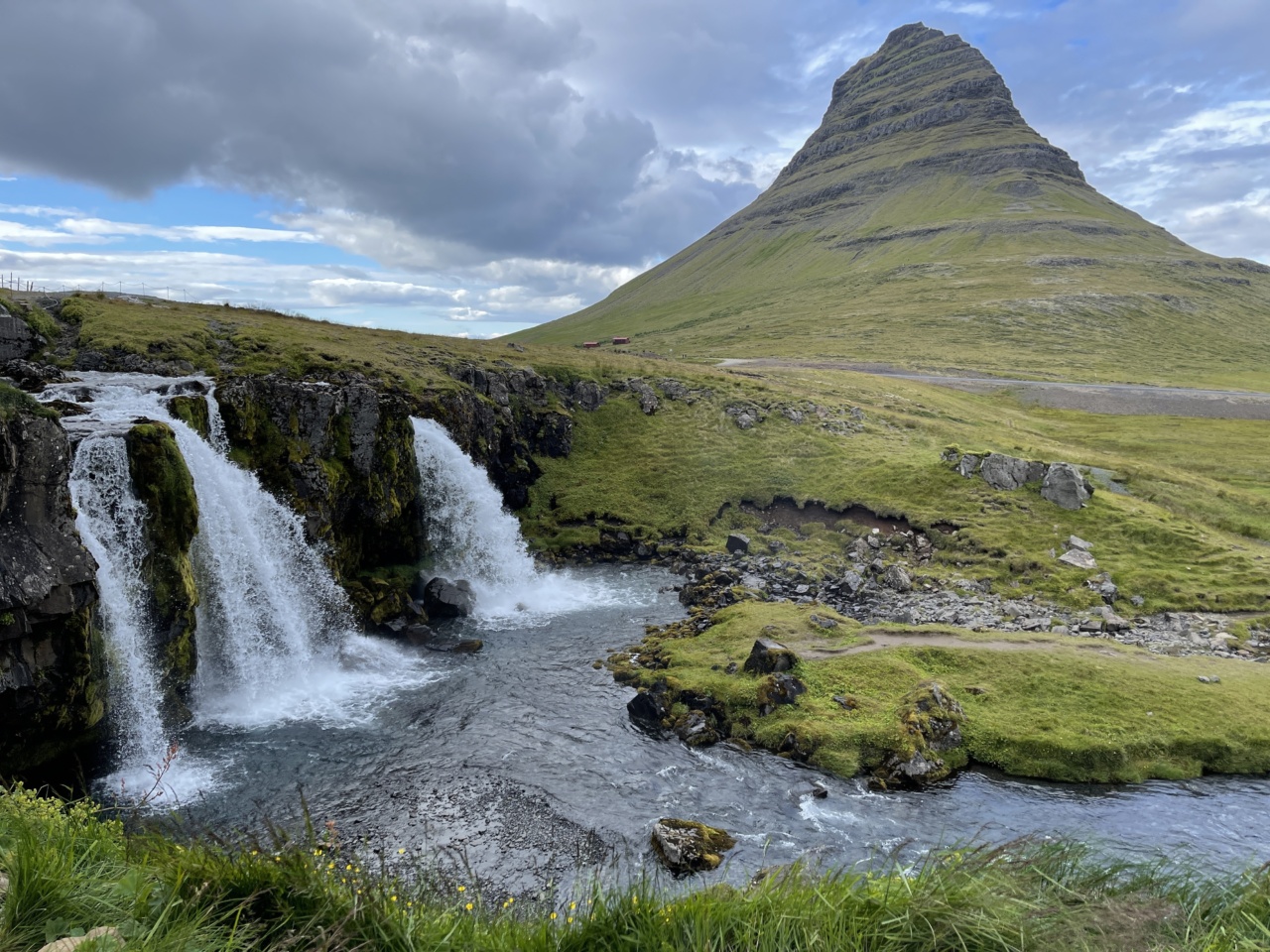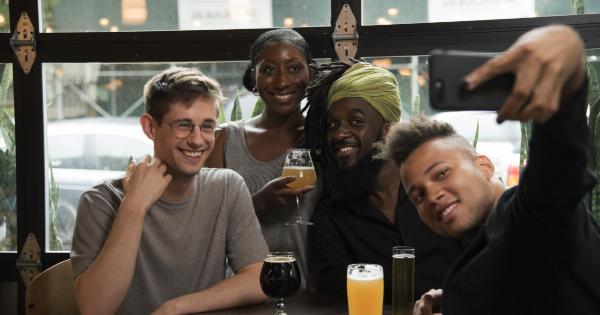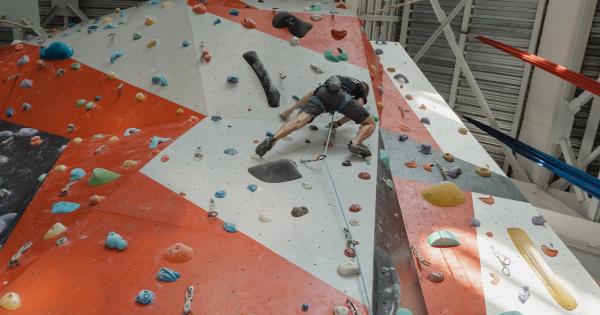Waterfalls have always been one of nature’s gifts, capable of creating unforgettable experiences. These spectacular water features offer majestic views of cascading water, creating a serene atmosphere that can take your breath away.
For those with vision impairment, however, these awe-inspiring sights can be a challenge to experience fully. In this article, we will explore what it’s like to see a waterfall with vision impairment and how to make the most of the experience.
What It’s Like to see a Waterfall with Vision Impairment
Provided you’re standing right beside the roar of the falls; waterfalls can be a deeply felt experience even when experiencing with vision impairment.
However, it’s essential to acknowledge that those with low vision or blindness will have a different experience than those with full vision. Those with vision impairment can’t always fully register the scale of their surroundings, which means smaller waterfalls, in particular, might not initially have as much of an impact as larger ones.
What’s more important are the sounds, smells, and textures surrounding the waterfall, which bring the experience to life.
The Importance of Sounds
One of the most crucial aspects of experiencing a waterfall with vision impairment is through sound. Whether you’re standing next to the falls or a few feet away, hearing the sound of cascading water crashing down is a powerful sensory experience.
The lull of the rapids can range from soothing to deafening, deepening your sense of immersion within the experience.
The Scent of a Waterfall
Another way to experience waterfalls is through its unique scent. Being near waterfalls means being close to negative ions, which help clean the air around us.
The closer you get, the stronger the scent, and the more you can connect with the environment and feel nature’s essence.
Textures and Touch
Feeling the vibrations created when water is cascading down the falls is another way of deepening the experience.
The mist of the falls can sit on your skin, and the rocks’ dampness or soil beneath your feet can make the moment more real for those with vision impairment. The texture of the rocks and the earth can either be solid and smooth or jagged and rough, adding another element to the story of the waterfall.
Maximizing the Experience with a Tour Guide
For those who wish to see more than just the surface of the waterfalls but still have limited vision, a tour guide can be an excellent way to experience the surroundings.
Tour guides can help paint a picture of the waterfall story and highlight the area’s critical elements. They can provide information about the local ecology and wildlife, along with other relevant cultural and historical information.
Accessibility Options for Waterfalls
Ramps, wide paths, handrails, and accessible restrooms are some of the accessibility options for waterfalls. National parks like Yosemite have accessibility pages that outline what each area provides, facilities, and services.
Yosemite even offers braille brochures upon request to help those with vision impairment. Understanding these accessibility options before planning a trip can help ensure that everyone can enjoy the experience equally.
Conclusion
While vision impairment can impact how someone experiences a waterfall, there are still several ways to appreciate its beauty.
With the help of sound, scent, touch, and texture accompanied by a tour guide and accessibility options, those with limited vision can still take memories of this natural wonder with them.





























